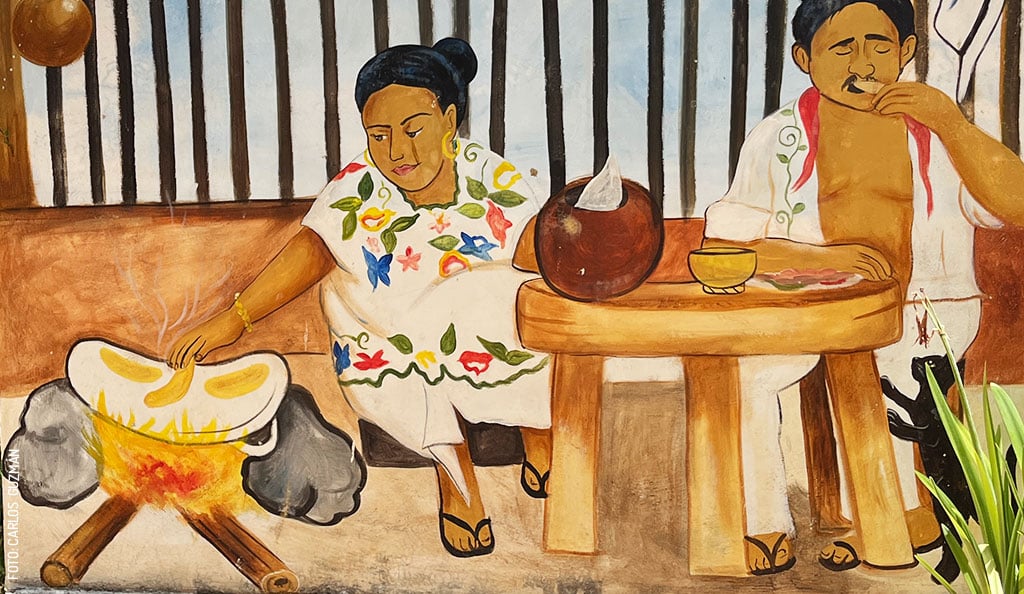- Inicio
- Gastronomia
- Restaurantes en Yucatán
Restaurantes en Yucatán
Descubre los mejores restaurantes que ofrecen una fusión única de sabores ancestrales y modernos.
Descubre los Mejores Restaurantes de la Región

Restaurantes Clásicos de Ayer y Hoy en Mérida
Conoce más
Arriba en la terraza
Conoce más
El sabor del pasado
Conoce más
Bares y Cantinas en el Centro de Mérida
Conoce másSabores de Yucatán

Vida en Yucatán
Del escritorio a la mesa de la editora
Explore la gastronomía de Mérida con la editora de Yucatán Today. Reseñas honestas y no pagadas de n...
Leer más

Gastronomía
Mariscos para todos en Mérida
Mariscos frescos en Mérida: descubre las mejores opciones locales. Saborea el delicioso sabor del ma...
Leer más

Eventos y actividades
Planea tu escapada romántica en Yucatán
Te traemos ideas de aventuras románticas por Yucatán. ¡Todas son ideales tanto para planear juntos o...
Leer más

Gastronomía
Restaurante Nai: los sabores de Galicia en Mérida, Yucatán
El restaurante Nai, dentro del hotel boutique Delfina, ofrece auténtica cocina española, usando los ...
Leer más

Mérida
Tu guía para explorar el Corredor Gastronómico de la Calle 60
¿Qué se cocina en la Calle 60 y por qué es el nuevo punto de encuentro de los amantes de la buena co...
Leer más

Eventos y actividades
Celebra Thanksgiving en Yucatán este 2024
¿Piensas celebrar Acción de Gracias y no sabes dónde empezar? Aquí una lista de los mejores lugares ...
Leer más
Artículos relacionados

Gastronomía
Memoria que perdura en la sazón: Las cocineras tradicionales
Descubre K'óoben en Maní: la cocina de doña Martha Pat Cetina. Sabores yucatecos ancestrales,...

Gastronomía
Del escritorio a la mesa de la editora
Explore la gastronomía de Mérida con la editora de Yucatán Today. Reseñas honestas y no pagadas de...

Gastronomía
La miel: El oro líquido de Yucatán
"Oro líquido" de Yucatán: la miel con herencia maya, líder nacional. Conoce su historia, flora...
¿Enamorado de Yucatán? Recibe en tu correo lo mejor de Yucatán Today.
No te pierdas nuestros mejores artículos y la edición digital cada mes antes que nadie.




